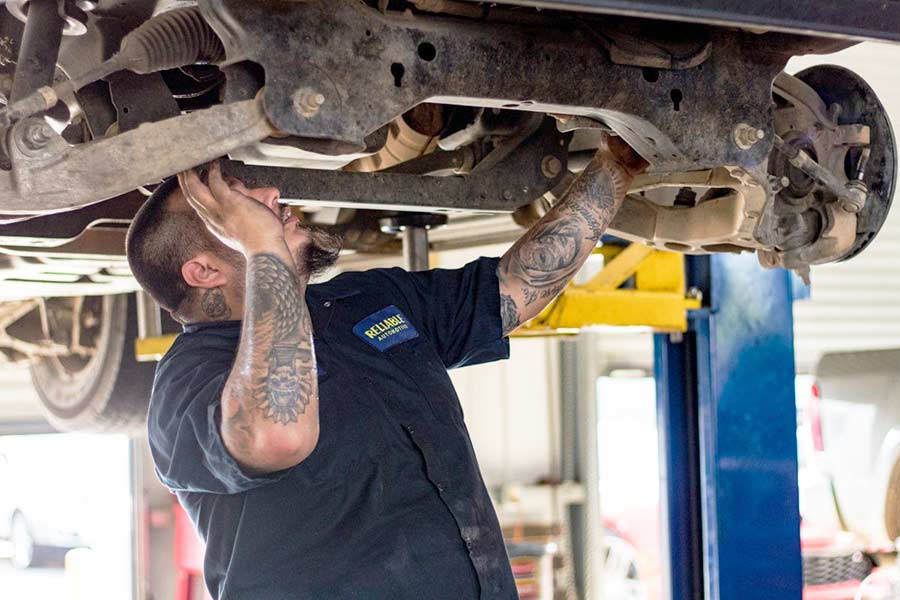
The suspension system of your vehicle gives you a smooth riding experience when you are on the road. The design of the suspension system varies from one vehicle to another, depending on make and model. What all suspension systems have in common is that their parts are based on the principles of spring and damping mechanisms. The Spring helps the vehicle adjust to the different conditions on the road, distributes the weight of the car evenly, and determines the height of your ride. The Damping Mechanism helps to stabilize your car by dissipating energy that comes from the up and down movements of the spring.
For your vehicle to ride smoothly, the suspension system and the tires need to work in perfect synchronization. The following tips can help you get a smoother ride from your car or truck.
The Spring helps the vehicle adjust to the different conditions on the road, distributes the weight of the car evenly, and determines the height of your ride.
The Damping Mechanism helps to stabilize your car by dissipating energy that comes from the up and down movements of the spring.
Reducing Unsprung Weight
The suspension on your car holds the weight of the components carried on the chassis. The suspension system does not support the parts below the chassis such as the tires, rims, and the elements that hold the suspension system in place. Unsprung Weight is the combined weight of the components that are not supported by the suspension system. Reducing the weight of the unsprung components will ensure that the suspension has a speedier response time, and a suspension with faster response time enables your car to ride smoothly and adapt more quickly to changing road conditions.
Unsprung Weight is the combined weight of the components that are not supported by the suspension system.
Softening Suspension
Changing the suspension system of your car and replacing it with one that is softer yields the best results when it comes to making the riding experience of your vehicle more smooth. Swapping the shock absorbers built for firmness with ones that are made for comfort is an easy way to soften the suspension. Depending on what suspension system is on your vehicle, you can also opt to install Air Suspension. This allows you to adjust the height of your ride and the firmness of the suspension system separately.
Air Suspension allows you to adjust the height of your ride and the firmness of the suspension system separately.
Finding the Right Tires
Car tires come in different sizes and designs. Low profile tires look great and go a long way towards reducing the height of your ride. Putting them on your car, however, changes the handling and smoothness of your ride. The narrow space afforded by low profile tires holds a smaller amount of air, making the ride feel stiff. As such, always use the correct tires that have the right profile as recommended by your car’s manufacturer to ensure the most smooth ride. Moreover, always double check that you have the correct pressure in all the four tires.
Changing Bushings
The bushings on your vehicle are meant to last for a long time. This means that for newer cars, the bushings may not be the cause of any roughness you may be experiencing in your ride. If you have an older car, however, consider changing the bushings by dismantling the steering control arm on the wheels. Good bushings should be clean, smooth, and should have no cracks. Bushings are available in two varieties: rubber or urethane. Rubber bushings will give you a smoother ride as compared to the urethane bushings.
Changing bushings is labor intensive and requires you to hire an expert to have them checked and replaced correctly. For this, it’s best if you contact your mechanic or car dealership.
Book an Auto Repair Appointment int Buda
Book an Auto Repair Appointment in San Marcos
Book an Auto Repair Appointment in Kyle






